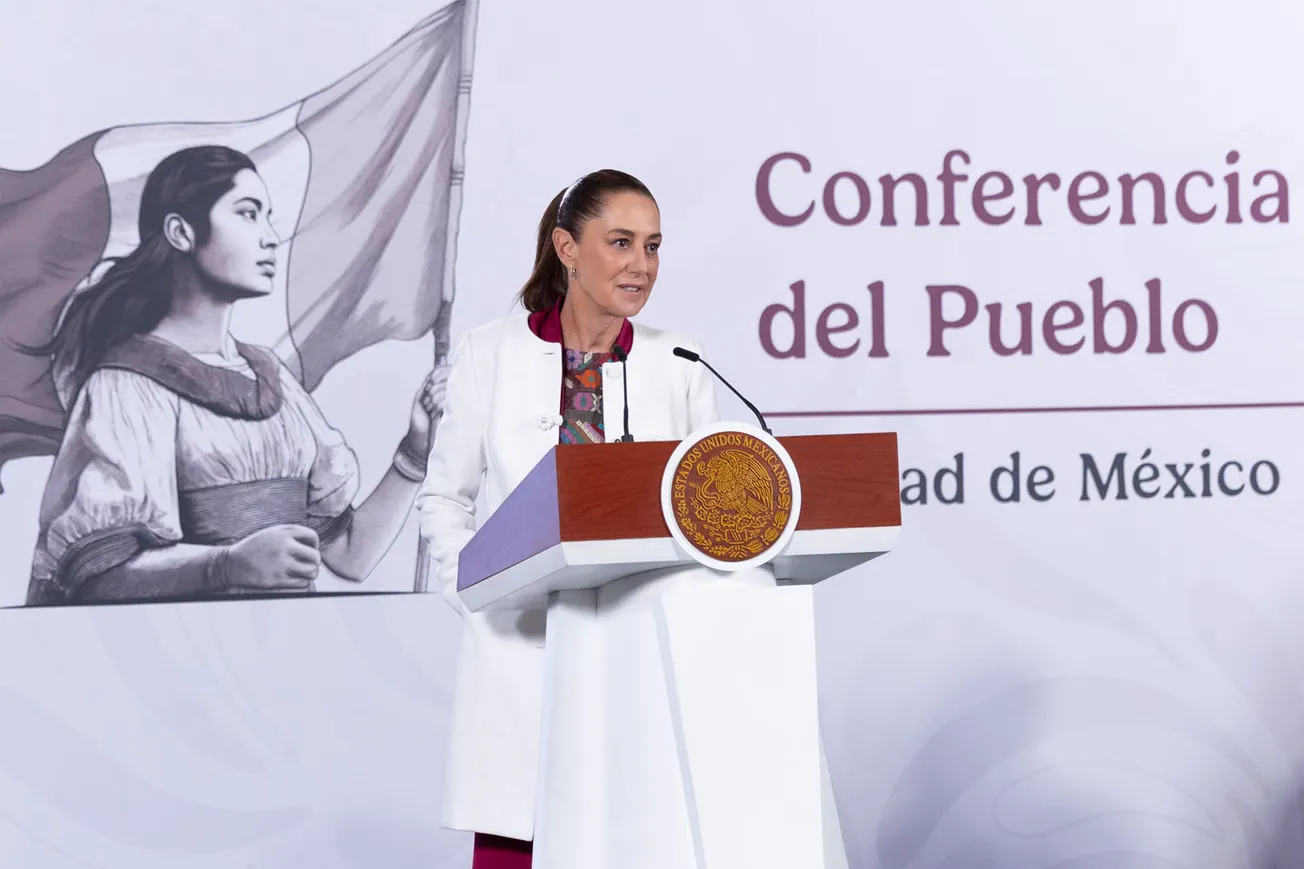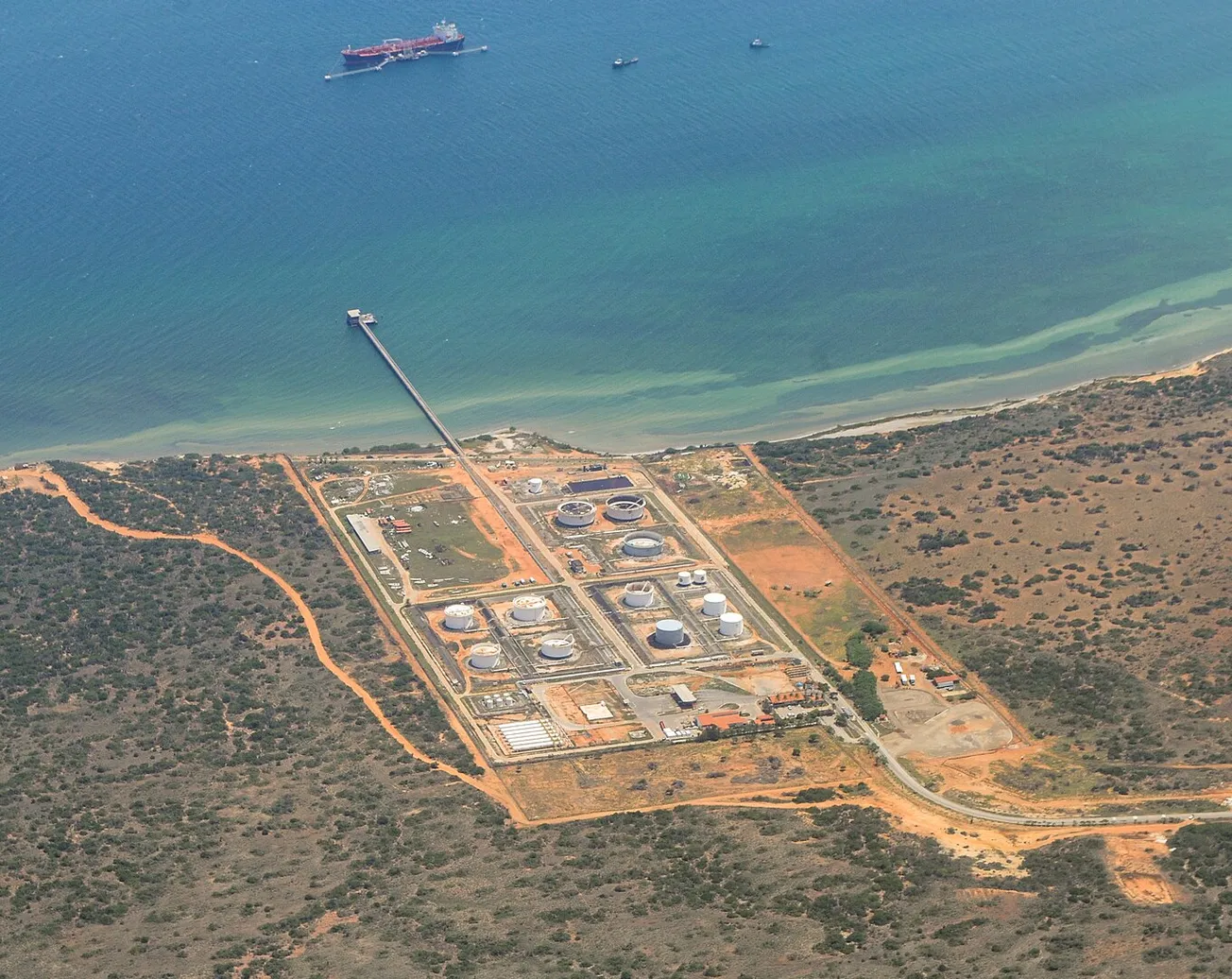A recent Wall Street Journal article, picked up by the Dutch website, climategate.nl, tells the story of Jorge Cantuarias, a Peruvian businessman who invested heavily in carbon credits and is now unable to sell them.
Cantuarias had bought the credits from 700 families in the Amazon. The families in turn “generated” the credits by harvesting Brazil nuts using an environmentally friendly process that preserves the rainforests where the nuts grow. However, it appears that environmentally friendly methods of harvesting Brazil nuts is not particularly profitable, so the farmers needed to sell carbon credits to survive. For Cantuarias and the farmers, it became a lose-lose world: Cantuarias can’t buy more credits but is stuck with worthless paper, while the families do not have enough money to buy food. The Wall Street Journal also reports on this situation, but does not mention the latter sad situation, and only finds it lamentable that “it will be harder for them to protect the rainforest.”
There’s a sucker born every minute.
The Journal then gives a bit of history. The total carbon credit market boomed from 2018 to 2021—increasing from a total of $285 million to $2.1 billion over that three-year period. Subsequently, according to the Journal, studies and news articles showed that “some projects had vastly overstated their impact on greenhouse gas emissions … and the credits gave up all of their 2021 gains.”
Naturally enough, in this article, almost a kind of obituary of carbon credits, the Journal neglects to mention that, as some speculators ended up with money in their pockets, the suckers will have to pay.




